When you’re growing spinach in your garden for use in fresh spring salads or warming autumn stir fries, knowing when and how to harvest can help ensure you extend the growth of your crop, and enjoy more meals from your plants.
Packed with nutrition, this healthy leafy green, Spinacia oleracea, is a fantastic garden staple to have on hand in your backyard.
Harvesting spinach isn’t that different than picking beet greens, and whether you’re growing this cool season crop in spring or fall, you have a couple of options.
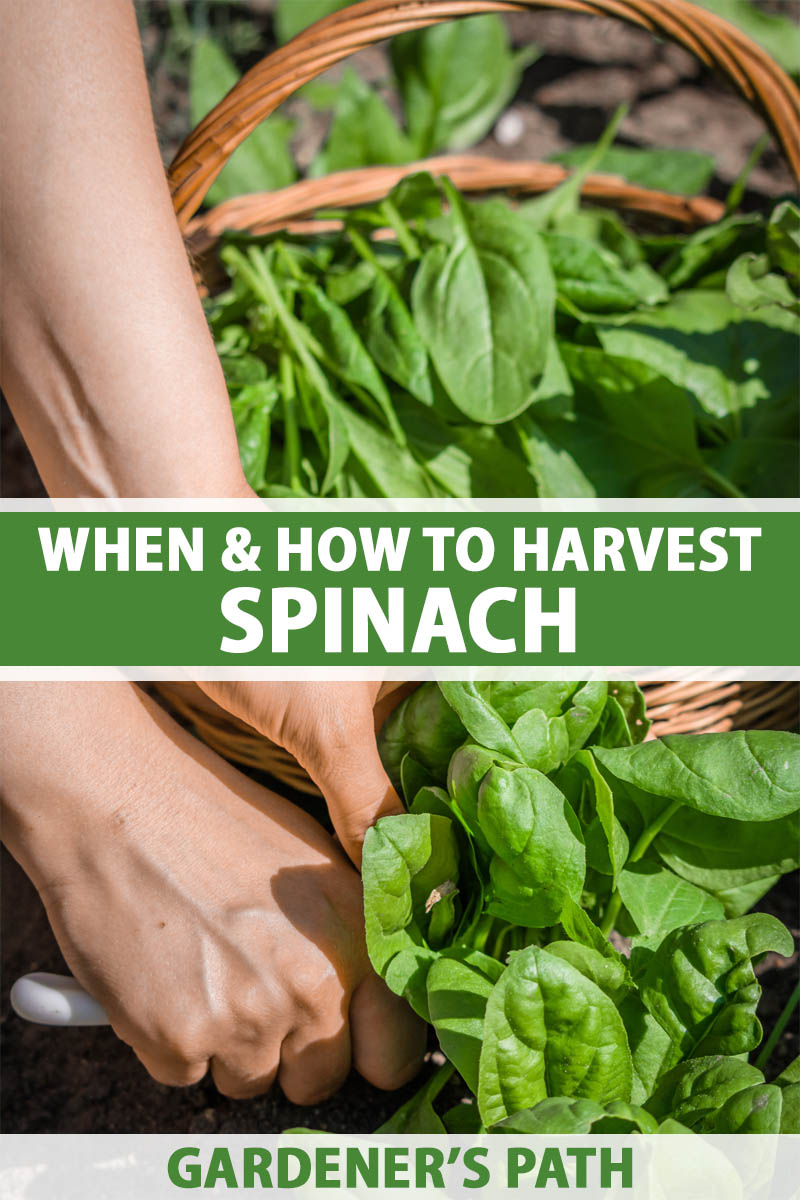
We link to vendors to help you find relevant products. If you buy from one of our links, we may earn a commission.
I’m going to lay out those options for you as well as give you a few tips on the picking process.
Here’s what I’ll cover:
What You’ll Learn
Choose Baby or Mature Leaves
Spinach can be harvested for either tender baby greens or larger, mature leaves.
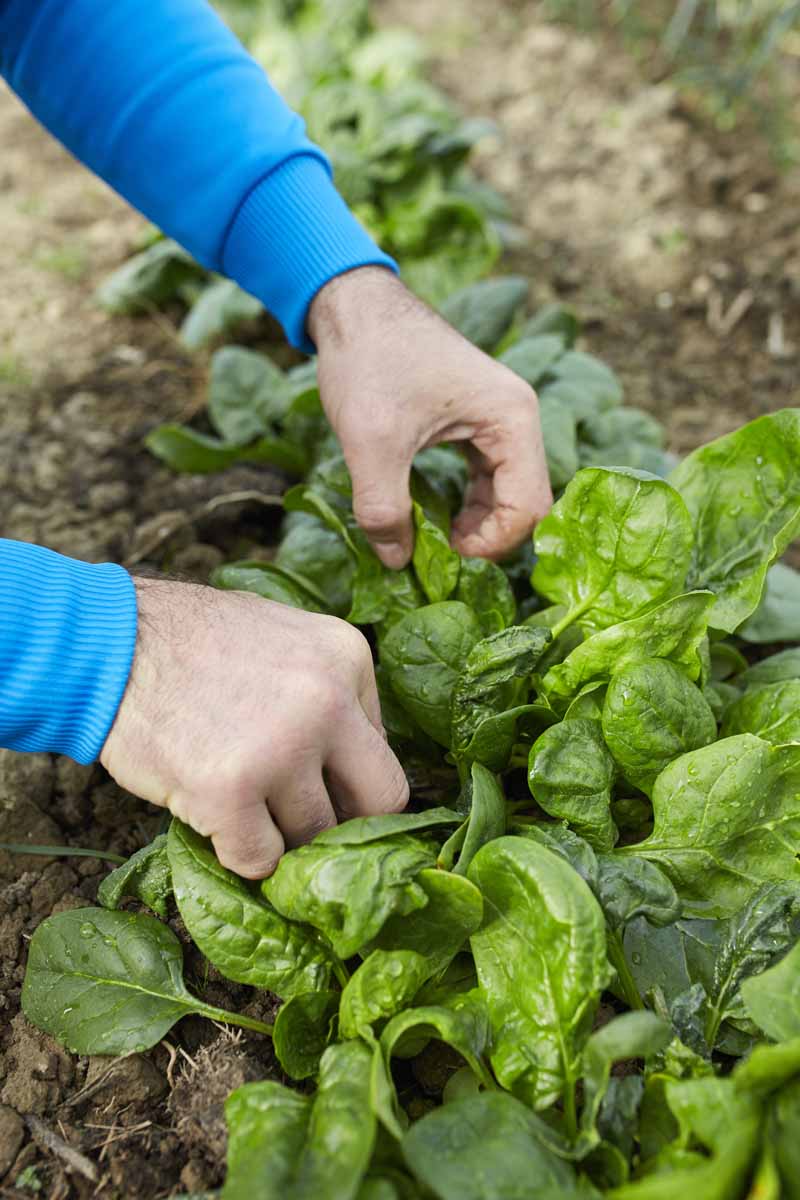
Baby spinach tends to have a milder flavor and a softer texture. These young veggies can be cooked, of course, but are also delicious to use in fresh salads.
On the other hand, if you let your crop mature, you’ll get a larger haul of food from each plant.
Larger leaves do have a more pronounced flavor, and their stems become more fibrous with age. This makes them better suited to cooking rather than for eating raw.
When to Harvest
Whichever way you prefer to eat your spinach, you’ll need to pick your crop before the plants bolt.
If you see a stem growing straight up from amongst the foliage, that’s a clear sign that your garden veggie has its sights set on reproduction.
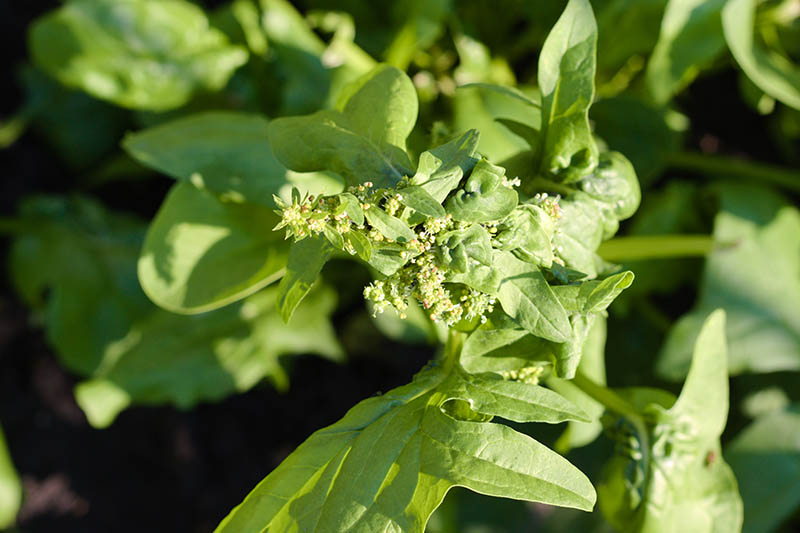
Instead of using energy to produce delicious greens for your plate, it will start to flower and set seed.
If you see this happening, go ahead and harvest your whole crop immediately, because its quality will quickly drop when the process of flowering and setting seed gets started. Leaves may take on an unpleasant, bitter flavor.
A relative of beets and swiss chard, this member of the goosefoot family begins its reproductive process in response to lengthening days as well as heat.
That means that you have a narrow window of time for your harvest if you are growing it in spring.

Like many other cool season crops, spinach can also be grown for a fall harvest, which will often provide a longer harvest window.
This crop is cold hardy down to at least 28°F, so in some USDA Hardiness Zones, it can even be overwintered.
Cut and Come Again
If you prefer small, tender, baby spinach greens, you may want to opt for a cut-and-come-again style of harvesting.
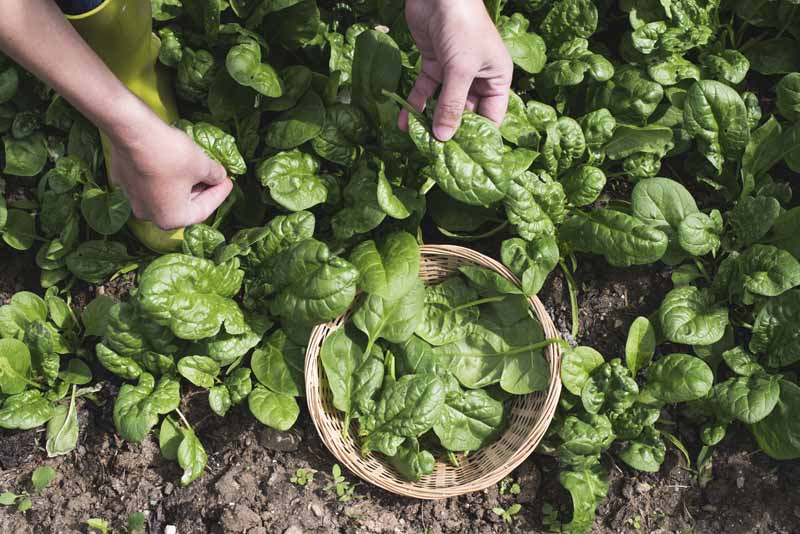
Pinch a few leaves off from the outside of the plant, which will allow it to continue producing new growth. With this method, you’ll be picking more mature growth first, as you would when harvesting kale.
Don’t pick more than half of the foliage from the plant at any one time – it needs some leaves for energy production via photosynthesis to continue growing.
You can continue to harvest from your spinach plant as you need greens.
If you don’t have a large enough harvest from your spinach plants at one time to make a meal, you can always mix them with lettuce for a salad, or other leafy veggies such as kale or swiss chard for sauteed greens.
Whole Head
If you choose to allow your spinach crop to mature before harvesting it, you may want to pick the whole head at once.
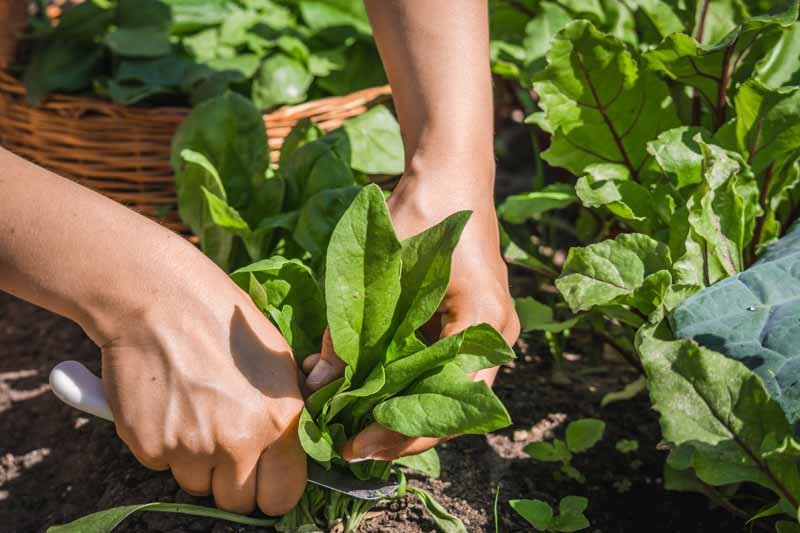
To do this, grab the plant by its foliage, and using a sharp knife or pruners, cut the stems off close to the soil. If you want to give it a chance to continue growing, be careful not to cut the crown and instead make your cut an inch or two above soil level.
If you leave the crown to grow back, you may be able to get three to four harvests from each plant, depending on your climate and growing conditions.

After cutting, remove any faded, browning leaves from the bunch and relegate them to the compost pile.
When you have sorted through your harvest, clean the leaves by rinsing them until the water is free from dirt, and then dry them with the help of your salad spinner.
Don’t have a salad spinner? Check out this roundup on our sister site, Foodal.
In an ideal world, you would eat your freshly picked greens right away. But since that doesn’t always work out, you should plan to eat them within the next couple of days for the most nutrition, and highest quality.
For short term storage you can wrap your harvest in a moist paper towel and then put this bundle in a plastic bag or storage container and place it in the refrigerator, where it may keep for up to a week.
Just remember – the sooner you eat it, the more nutritious it will be.
If you’d like to learn more about growing, storing, and using this superfood, make sure you read our complete guide to growing spinach.
Good Greens Galore
Picking spinach is pretty simple! Just remember to pick from the outside of the plant and don’t remove all the foliage at once when using a cut and come again style harvest.
And whether you are picking a few baby greens here and there, or harvesting the mature crop all at once, make sure to leave the crown intact. If you can keep your plants producing longer, you’ll be able to enjoy even more nutritious, tasty leafy veggies.
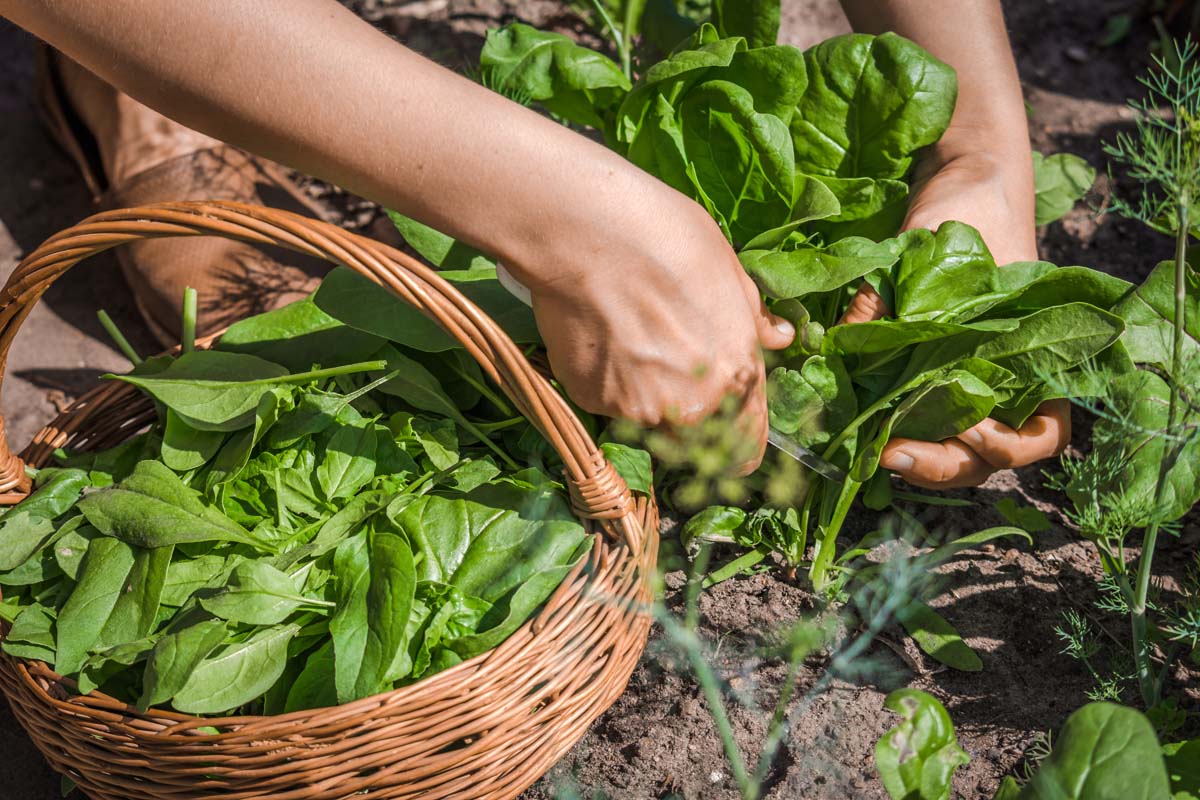
While I love the baby leaves in my spring salads, my favorite use for my own homegrown spinach haul is to cook up a batch of homemade saag paneer. Or perhaps a savory spinach pie from our sister site, Foodal.
How about you – do you prefer baby greens or large mature ones? What’s your favorite way to cook up this culinary staple? Let us know in the comments below.
And for more information on growing leafy green vegetables in your garden, check out these guides next:
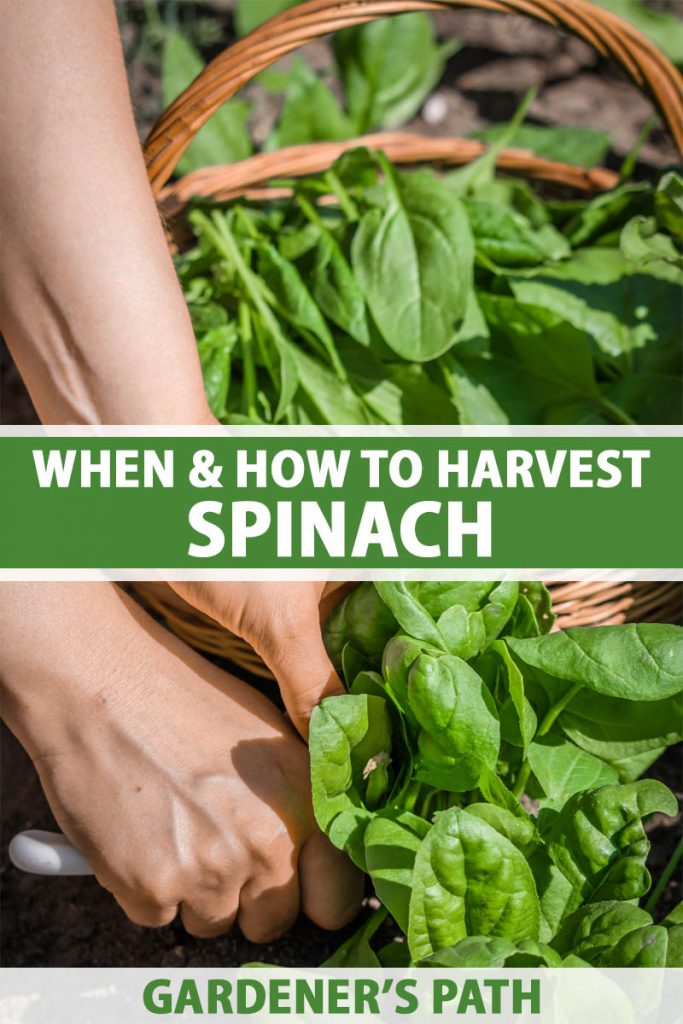

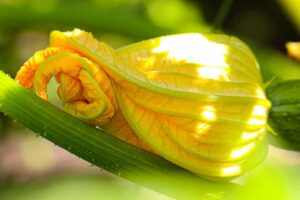

very helpful thanks